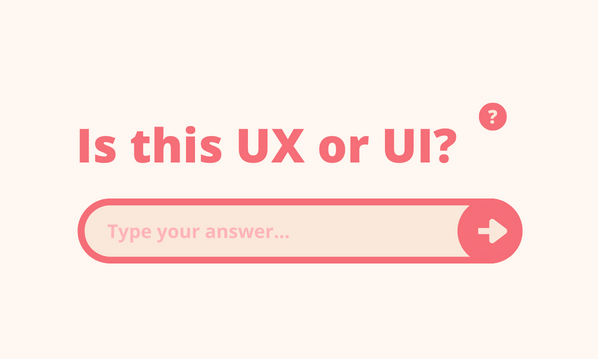
Usability describes how easy it is for an untrained person to understand and use what’s called a ‘human-computer interface’ – such as a piece of software or a website.
What is web usability?
When we talk about the usability of a website, what we usually mean is:
- how intuitive the site is to use
- how quickly a visitor can find the information they’re looking for, or carry out the task they want to carry out
- how well the content is organised
- how clear and logical the customer journey is, from entry point to where the user wants to be
- how easy it is to recover from mistakes – for example, to navigate back after clicking on a wrong link
- how efficiently the site loads and displays
- how accessible the site is on different devices, or to users with disabilities
Web usability is sometimes confused with website user experience. Although the two terms are very similar, user experience is a broader and more subjective term that describes how pleasant the site is to use, how useful the user finds the content and functionality, and how generally satisfied they feel with the overall experience of using the site.
Making it easy for the user
The key goal of website usability is to make things as easy as possible for visitors.
This has obvious business benefits – a visitor who finds your website very easy to use is much more likely to find the information they want, to convert to a customer in an e-commerce store, and to keep coming back.
Key considerations for usability
Make sure your web pages are uncluttered and key information is prominently displayed – preferably ‘above the fold’ (visible when the page loads, without having to scroll down). Content should be written in a concise and digestible way, with helpful titles and subheadings.
Navigation needs to be intuitive and clear. If you can, have a search function as well as a navigation menu, and consider including a sitemap as well, so that users can see at a glance where to go.
If users need to take action – for example to download a document or make a purchase, make sure your instructions are utterly clear and unambiguous.
Finally, your site should be well built to accessibility standards, so that it displays properly for all users. Avoid using too many background features such as plugins which could make the site load slowly.





